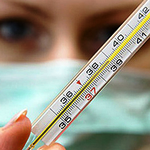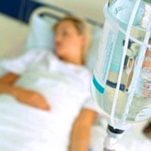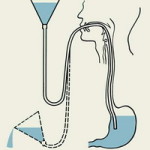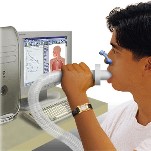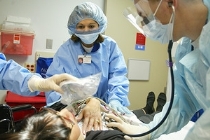 Help with hypothermia
Help with hypothermia
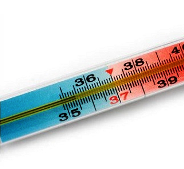
Hypothermia is a pathological condition of the body, in which the body temperature drops below the norm necessary to maintain the smooth functioning of metabolic processes. With hypothermia, the body cools down, the body temperature drops to 35ºC and below. Emergency care for hypothermia should be provided by a medical professional in a timely and qualified manner.
Hypothermia, or general hypothermia, is accompanied by inhibition of the basic vital functions of the body. The reason may be a long stay in the cold or in cold water.
Clinic (symptoms) of hypothermia
Paleness and cyanosis of the skin, lowering blood pressure, bradycardia, depression of consciousness, dilated pupils, with a weak reaction to light, depression of consciousness, muscle tremors and abnormal muscle activity (at temperatures above 30ºC). With a decrease in body temperature below 30ºC, muscle rigidity is observed, similar to rigor mortis, inhibition of reflexes increases, arrhythmias develop with a further transition to heart failure, a decrease in pain sensitivity up to its complete loss, pupillary constriction, violation of consciousness with the transition to a coma.
Help with hypothermia
The victim of hypothermia must be placed in a room with warm air, covered with blankets (better - warming), attach heating pads to the limbs, give a hot drink inside. Warm oxygen inhalations, intravenous drip of warm isotonic solutions (sodium chloride 0.9% and glucose 5%) are used.
To maintain cardiac activity, cordiamin or caffeine, sulfocamphocaine is administered as prescribed by a doctor. Also, according to the doctor's prescription, antispasmodics (no-shpa, papaverine, aminofillin, nicotinic acid) can be used.
With the oppression of vital functions, resuscitation and hemodialysis are carried out.
